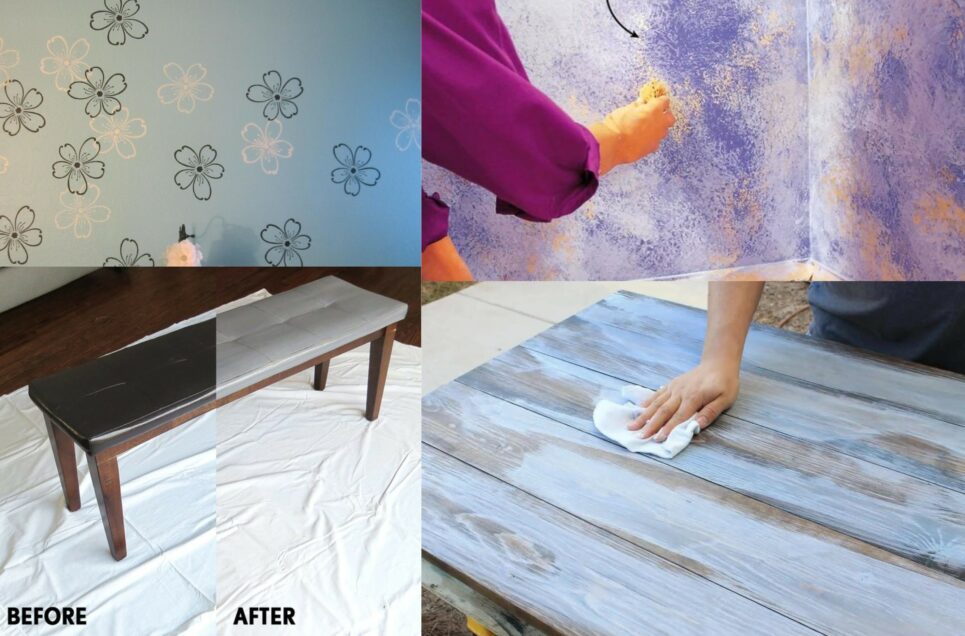Have you ever walked into a room and felt like it was missing something? Maybe it lacks personality or a certain ambiance that would make it feel more inviting. Well, did you know that you have the power to completely transform the vibe of a space with just a simple coat of paint? Yes, you heard that right – painting is a DIY hack that can make you feel like a professional interior designer!
Now, before you start getting nervous about your lack of experience, let me tell you that anyone can paint like a pro with the right hacks. You don’t need to spend a fortune hiring a professional painter or be an artistic genius to create a beautiful space. All you need is a little bit of creativity and a few helpful tips to get you started. Here are some of the most helpful DIY painting hacks for home improvement you can try yourself:
Add Texture with a Sponge

Sponging is a simple yet effective technique for adding texture and visual interest to any room. Whether you choose a natural sea sponge or a synthetic sponge, the results are sure to impress. By dipping the sponge into the paint and dabbing it onto the wall in a random pattern, you can create a unique and eye-catching effect. The beauty of this technique lies in its versatility. You can experiment with different colors and shades to create a range of effects, from a subtle, understated texture to a more dramatic and layered look. Sponging also allows you to add depth and dimension to a space, making it feel more dynamic and engaging.




































